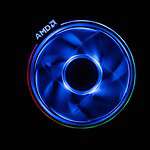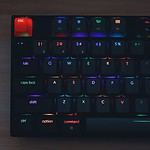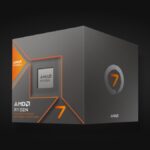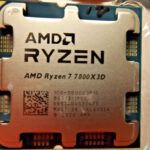Crosh is a lightweight command-line interface that enables users to interact with Chrome OS on a deeper level. By pressing Ctrl+Alt+T on a Chromebook, one can open Crosh and start executing various commands. This tool is especially handy for troubleshooting or configuring the system without navigating through menus. While many Crosh commands do not require Developer Mode to be enabled, accessing the full potential of Crosh might necessitate switching on Developer Mode, which can unlock additional commands and functionalities.
Users can perform a wide range of tasks using Crosh commands, from monitoring system processes to checking network connectivity. Crosh commands are straightforward, making them accessible even for those who are not familiar with traditional command-line environments. Simple commands can reveal information about memory usage, battery health, and even run diagnostic tests on the Chromebook’s hardware and software.
Using the Chrome Shell (Crosh)
Crosh (Chrome Shell) is a command-line interface built into your Chromebook. While it may seem intimidating at first, it’s packed with tools for network diagnostics, system information, and more. Think of it as your Chromebook’s secret weapon for troubleshooting or getting a little geeky with its inner workings. Let’s explore some handy commands:
Basic Commands
| Command | Function |
|---|---|
help | Shows a list of basic commands |
help_advanced | Displays a list of advanced commands for debugging |
ping destination | Tests network connectivity to a website or IP address |
top | Shows active processes and system resource usage |
uptime | Displays how long your Chromebook has been running |
battery_test seconds | Tests battery discharge rate over a specified time |
Network Commands
| Command | Function |
|---|---|
network_diag | Runs a series of network diagnostic tests |
tracepath destination | Traces the route packets take to reach a website or IP address |
ifconfig | Displays network interface configuration details |
System Commands
| Command | Function |
|---|---|
memory_test | Checks your Chromebook’s memory for errors |
storage_test_1 or storage_test_2 | Performs a quick or extensive storage check |
set_time | Manually sets the time and date on your Chromebook |
Accessing Crosh
To unleash the power of Crosh, simply press Ctrl + Alt + T on your keyboard. A new tab will open with a command prompt where you can start typing commands. Remember, Crosh is case-sensitive, so be sure to type commands exactly as shown.
This is just a small taste of what Crosh can do. Explore, experiment, and uncover all the hidden tools your Chromebook has to offer! Happy commanding!
Key Takeaways
- Crosh offers a command-line interface to manage Chrome OS.
- Ctrl+Alt+T is used to open Crosh on a Chromebook.
- Some Crosh commands may need Developer Mode enabled.
Using Crosh Commands
Crosh, standing for Chrome Shell, allows users of Chromebooks to access a set of command-line tools for diagnosing and resolving issues or configuring devices.
Basic Crosh Commands
To begin with Crosh, users can press Ctrl+Alt+T. This opens the Crosh terminal. Once there, typing help provides a list of basic commands. Use help_advanced for more complex commands. For understanding a specific command, help <command> proves useful. For instance, to exit Crosh, the command is exit.
Network and Connectivity
Chromebook users deal with network issues by using commands like ping which checks the connection to the internet. network_diag runs diagnostics on network issues. For a deeper look into network paths, tracepath maps the journey packets take to their destination. Changing network settings is possible using commands like set_apn and set_cellular_ppp.
System and Performance
Commands top and task manager allow users to monitor CPU and memory usage, identifying active processes. The storage_status command reviews the state of the device’s storage. Simple system checks are performed with battery_test and memory_test to check on the device’s health.
Advanced Utilities and Troubleshooting
For detailed system insights, systrace records system activity, while syslog retrieves system logs helpful in troubleshooting. Users employ packet_capture to diagnose complex network issues. With diagnostics, they can perform a suite of diagnostic tests on the hardware.
Device Management and Debugging
For device-specific information, commands like serial number retrieve the device’s identification. Users can manage Bluetooth with bt_console and troubleshoot with bluetooth debugging. If necessary, powerwash initiates a factory reset, returning the device to its default state.
Developer Tools
Developers tweak their Chromebooks with shell to access bash, a Unix command processor. For deeper system access, commands like sudo or su give superuser rights. Users enable developer mode to allow for more extensive system changes and manage Linux containers.
In conclusion, Crosh commands offer Chromebook users a powerful suite of tools for monitoring, troubleshooting, and configuring their devices, giving both casual and power users the ability to personalize and maintain their experience.







